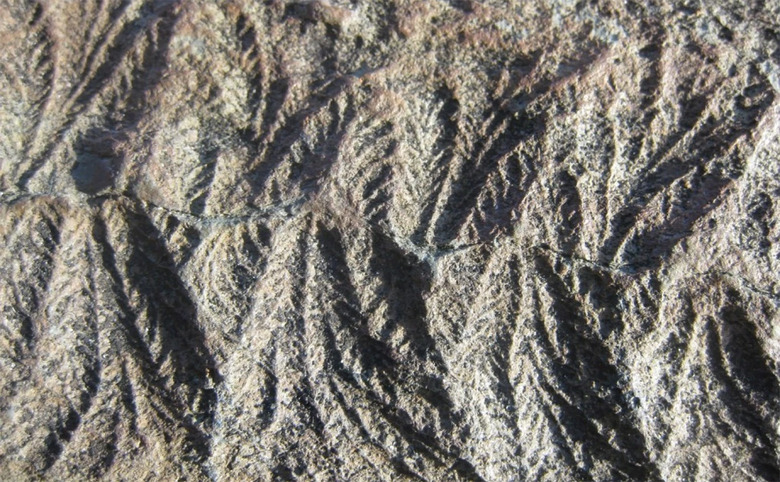Scientists Turn Up Oldest Evidence Of Animal Reproduction
Some of the world's earliest-known macrofossils have revealed evidence of their revolutionary early reproduction. Scientists publishing research with the scientific journal Nature have studied macrofossils from the late Ediacaran age, from between 580-541 million years ago. In these fossils are the oldest examples of diverse complex organisms found by humans. In these fossils has turned up some of the world's earliest evidence of diverse complex organisms' reproductive abilities. As you might expect, the early complex organisms in this study reproduced asexually for optimum speed and spread.
Researchers lead by Emily G. Mitchell, Charlotte G. Kenchington, Alexander G. Liu, Jack J. Matthews, and Nicholas J. Butterfield centered on the early organisms known as rangeomorpha. These beings were sessile benthics, meaning they stayed on or near the bottom of whatever environment they lived in (in the water), and they didn't move around an especially large amount.
ABOVE: Fractofusus from Mistaken Point, via Sir David Attenborough's First Life, BBC2
Rangeomorphs lived too deep in the ocean to be plans – not enough sunlight. Instead, rangeomorphs are the earliest known set of examples we have of animals. While the average size of rangeomorphs on record is around 4-inches (10cm) long, they've been known to reach 2-meters in length.
They're a bit of a mystery, having disappeared millions of years ago with no evidence of similar living beings they might have left behind – or evolved into.
The rangeomorphs were characterized by self-similar, modular reproduction, creating new versions of themselves that were essentially clones. One rangemorph, the Fractofusus, has shown evidence of additional means of spread.
Instead of working with just one means of reproduction, this early complex organism also used waterborne propagules – seeds, basically – to spread its existence as a group far and wide. As this organism didn't move around much, its reproduction methods also also allowed it to spread.

ABOVE: Fractofusus, 'E' surface Mistaken Point, Newfoundland, Canada. VIA: EG Mitchell
While other organisms would eventually swim, Fractofusus moved by giving birth. Outward it grew, creating new rangeomorphs to continue to spread.
"Ecologically, such a habit would have allowed both for the rapid colonization of a localized area and for transport to new, previously uncolonized areas," says the research paper published by Nature this week.
"The capacity of Fractofusus to derive adult morphology by two distinct reproductive modes documents the sophistication of its underlying developmental biology."
You can learn more about Fractofusus and the rest of the rangemorphs' earliest methods for reproduction in the paper "Reconstructing the reproductive mode of an Ediacaran macro-organism" as authored by Emily G. Mitchell, Charlotte G. Kenchington, Alexander G. Liu, Jack J. Matthews, and Nicholas J. Butterfield. This paper can be found in the scientific journal Nature under code doi:10.1038/nature14646 as of this morning.
